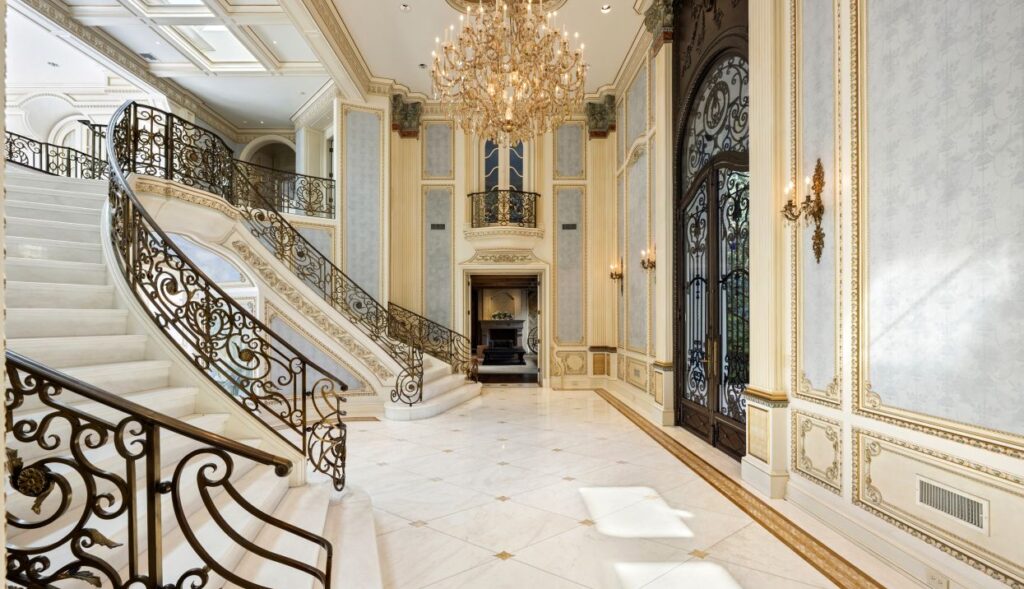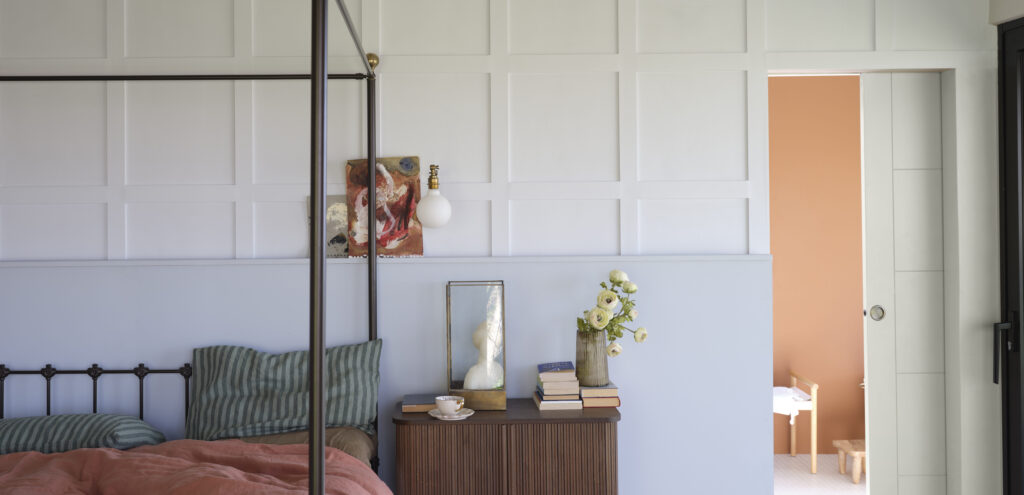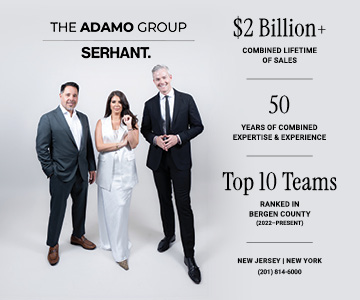For locals looking for a challenge, Upper Montclair Country Club (UMCC) in Clifton, NJ, features 27 holes of championship golf designed by two of the sport’s most renowned course architects, Robert Trent Jones Sr. and A.W. Tillinghast. The member-owned private golf and social club was constructed in 1901, and since then, has been one of the only clubs worldwide to have hosted events for all three PGA tournaments. The club itself is well-known for its stunning grounds and clubhouse, which are ideal for weddings, charity events, and other special occasions. But UMCC’s real charm lies not in its luxury facilities and mere prestige, but rather within its people. Its renowned staff and caddie program uphold the traditions on which the club was built— camaraderie and character.
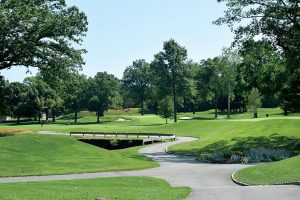 One of the first things you’ll notice about UMCC is how flat everything is. Its bluegrass fairways have the vitality of a newer course, which is likely due to its completion of a $6.5 million dollar overhaul in 2011, a project that was led by course architect John Harvey. The renovation included the installation of a new irrigation and drainage system, as well as a restoration of all the club’s bunkers. Michael Brunelle, Head Golf Course Superintendent explained, “The bunker renovation added a unique element to a relatively flat landscape. By deepening all of our bunkers we utilized the fill material to enhance our greens complexes as a whole, providing many different looks and challenges to the golfer.” Overall, Harvey’s renovation modernized the bunkers, resulting in a challenging yet appealing aesthetic.
One of the first things you’ll notice about UMCC is how flat everything is. Its bluegrass fairways have the vitality of a newer course, which is likely due to its completion of a $6.5 million dollar overhaul in 2011, a project that was led by course architect John Harvey. The renovation included the installation of a new irrigation and drainage system, as well as a restoration of all the club’s bunkers. Michael Brunelle, Head Golf Course Superintendent explained, “The bunker renovation added a unique element to a relatively flat landscape. By deepening all of our bunkers we utilized the fill material to enhance our greens complexes as a whole, providing many different looks and challenges to the golfer.” Overall, Harvey’s renovation modernized the bunkers, resulting in a challenging yet appealing aesthetic.
The course’s 27 holes are divided into three 9-hole courses: East, West, and South. This allows the golfers to choose which combination of the three they would like to play, making it much more versatile than your average 18-hole course. Each Nine poses different challenges, but the greatest test lies within the West Course. Even though the West is the shortest by length, its various water hazards and tough par 5’s might make you rethink your strategy. UMCC caddie Chris Kiefer explained, “Due to the West’s length, a lot of golfers think they can overpower the course. It’s a true high-risk, high-reward scenario. Just be prepared to take penalties.”
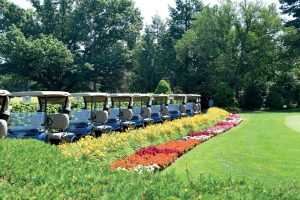 But perhaps the most challenging of all is the final hole on the West Nine, a 455 yard par 4 with a landing area of just 19 yards (wide) and bunkers on either side. “All short shots will roll back to an uncomfortable 40 yard blind pitch shot,” said Brunelle. The green itself is guarded by some of the deepest bunkers on the course. Elsewhere, the South Course’s signature is its closing par 5, which has four bunkers and a water hazard all within 100 yards of the hole. As for the East, the fairways are a bit more open and pastoral than its counterparts. As a whole, the course’s putting surfaces have very different looks. Brunelle explained, “Some of the biggest challenges to the golfer are found in the subtleties of our putting surfaces.”
But perhaps the most challenging of all is the final hole on the West Nine, a 455 yard par 4 with a landing area of just 19 yards (wide) and bunkers on either side. “All short shots will roll back to an uncomfortable 40 yard blind pitch shot,” said Brunelle. The green itself is guarded by some of the deepest bunkers on the course. Elsewhere, the South Course’s signature is its closing par 5, which has four bunkers and a water hazard all within 100 yards of the hole. As for the East, the fairways are a bit more open and pastoral than its counterparts. As a whole, the course’s putting surfaces have very different looks. Brunelle explained, “Some of the biggest challenges to the golfer are found in the subtleties of our putting surfaces.”
For a large course like UMCC, the key to maintaining all 27 holes is to stay ahead of play. “With having three nines opening at the same time it requires a lot of bodies to stay ahead in order to remain productively efficient,” said Brunelle. Altogether, the longest combination of the Nines measures 6,950 yards.
Overall, each combination of the three Nines provides a different experience. And while the UMCC’s rich history and immaculate fairways are a main attraction, the thing that holds everything together is the club’s personnel, who not only know the course well, but embody the heart and spirit of the game itself.
*UMCC will be hosting the NJSGA 91st Women’s Amateur Championship from July 25 to July 28, 2016.

